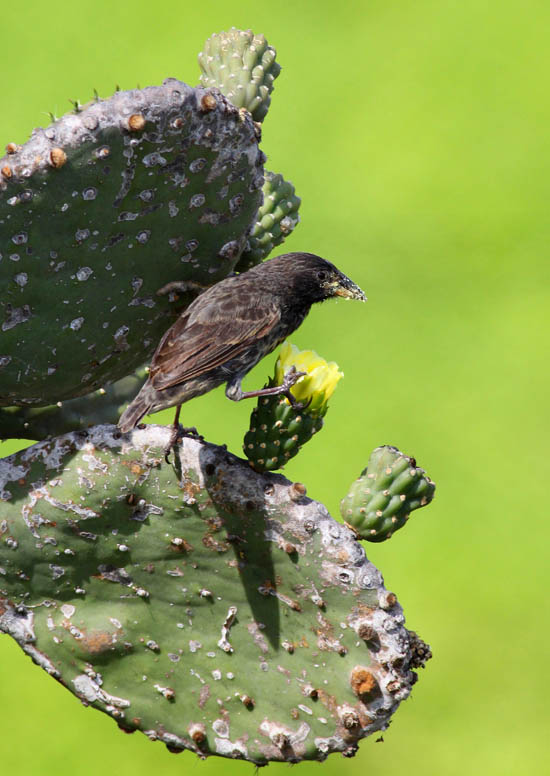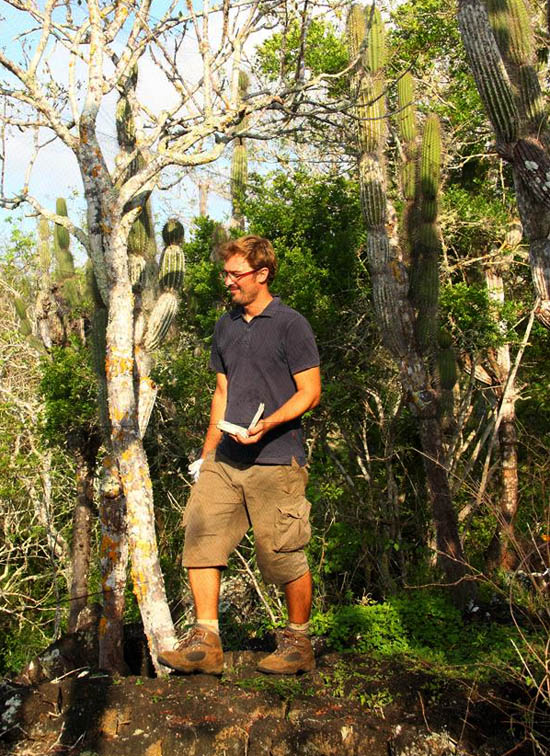
Galapagos birds include more than 100 species of flowers in their diet to compensate for the lack of insects, reveals an international study.
Until now, the history of the ecology and evolution of birds in the Galápagos Islands was essentially based on the need to feed on insects and seeds. But a study now published in the journal “Nature Communications”, of the Nature group, shows for the first time that, after all, these birds, including the famous Darwin's finches, also feed on a large scale on nectar and pollen from more than 100 species of birds. flowers, adding a new piece in understanding the ecology of island species.
Over four years, a multidisciplinary team of researchers from Spain, Ecuador, Denmark and Portugal, through the Center for Functional Ecology of the University of Coimbra (UC), identified the pollen grains transported in the beak of birds in 19 of the 23 species existing in the Galápagos.
More than 700 birds were captured and released after pollen collection, and the information collected was then processed using complex net analysis techniques.
The main novelty of the study is that practically all birds in the Galápagos adopted the same strategy, that is, massively feeding on flowers throughout the year and on all islands, regardless of the typical diet of their ancestors from America. South.

The observed change, explains Ruben Heleno, researcher at the UC Functional Ecology Center who participated in the study, “introduces a new piece that can be very important in the puzzle that is the evolution and ecology of island species. The scarcity of insects has forced many animals that are typically insectivorous and granivorous to include in their diet more abundant floral resources, such as pollen and nectar. This enlargement of the diet means that the birds of the Galapagos become massively more generalist, consuming a diversity of flowers much greater than that of birds in continental America».
This study also exposes the weaknesses of the ecosystem of the Galápagos Islands because, the researcher asserts, «on the one hand, the birds gain a food resource and, at the same time, the flowers benefit because they are pollinated by the action of birds, thus being able to produce more fruits and more seeds ; on the other hand, it also represents a threat since by visiting and pollinating the plants introduced by Man into these fragile island ecosystems, birds can accelerate the progression of invasive plants and the destruction of the unique habitats of the Galapagos».
Author: Cristina Pinto (Press Office – University of Coimbra)
Science in the Regional Press – Ciência Viva


















Comments